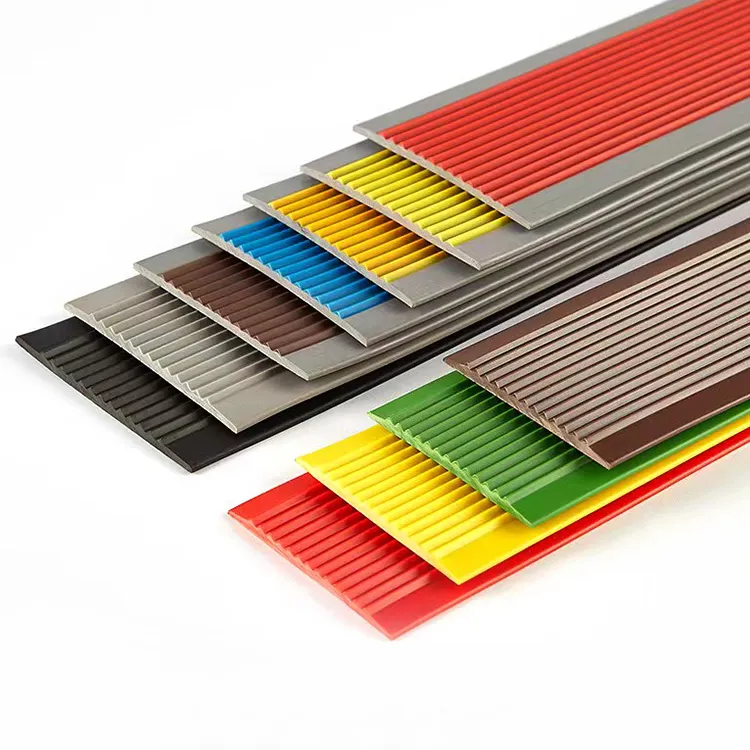Methods to Prevent Airflow Leakage Under Doors for Enhanced Energy Efficiency and Comfort
Stop Airflow Under the Door Ensuring Comfort and Energy Efficiency
In today's world, where energy efficiency and indoor comfort are paramount, the concept of controlling airflow in our living spaces has gained significant attention. One critical area often overlooked is the space beneath doors. The gaps under doors can create unwanted airflow, leading to discomfort and increased energy costs. Here, we will explore the importance of managing airflow under doors and the solutions available to address this issue.
Understanding the Impact of Airflow
Airflow beneath doors can result from various factors, including HVAC system operation, outdoor weather conditions, and differences in indoor air pressure. When air flows freely under a door, heated or cooled air can escape from one room to another, undermining the effectiveness of your heating, ventilation, and air conditioning (HVAC) system. This not only leads to fluctuating temperatures but also compels your HVAC system to work harder, resulting in higher energy bills. Moreover, unwanted airflow can allow dust, allergens, and pests to enter your home, affecting indoor air quality and overall health.
Benefits of Stopping Airflow
1. Enhanced Comfort By minimizing airflow under doors, you can create a more stable indoor environment. This stability ensures that your living spaces maintain a consistent temperature, making them more comfortable.
2. Energy Efficiency Reducing the uncontrolled movement of air can lead to significant energy savings. An HVAC system that operates more efficiently can decrease your energy consumption and lower your utility bills.
3. Improved Indoor Air Quality Controlling airflow prevents the influx of outdoor pollutants and allergens. A sealed environment allows for better filtration and circulation of indoor air, promoting a healthier living space.
4. Noise Reduction Gaps under doors can also transmit noise from room to room. Stopping this airflow can help limit sound transmission, creating a quieter home environment.
stop airflow under door

Solutions for Stopping Airflow
To effectively stop airflow under doors, several practical solutions can be implemented
1. Door Sweeps Installing a door sweep—a long, narrow piece of rubber or bristle material—along the bottom of your door can block gaps and prevent air from flowing in or out. Door sweeps are easy to install and are effective in sealing the space.
2. Thresholds Adding a threshold to the bottom of a door not only enhances aesthetics but also provides an additional barrier against airflow.
3. Weatherstripping Applying weatherstripping around the edges of a door can create a tight seal, preventing air leakage. Weatherstripping is versatile and can be tailored to fit different door designs.
4. Draft Stoppers A draft stopper is a more temporary solution, typically a fabric or rolling item placed against the bottom of a door. While less permanent, they can be effective in blocking airflow, especially in spaces that require occasional access.
5. Adjusting HVAC Systems In some cases, adjusting the heating and cooling methods within your home can significantly help. Ensuring that rooms do not become over-pressurized or under-pressurized can make a difference in airflow control.
Conclusion
In conclusion, managing airflow under doors is a critical aspect of maintaining indoor comfort and energy efficiency. By addressing gaps and implementing appropriate solutions, homeowners can create a more comfortable living environment while also reducing energy costs and improving air quality. Taking the time to stop airflow under doors is a small yet impactful step towards a more sustainable and enjoyable home.
-
Silicone Seal Strip: The Ultimate Solution for Your Sealing NeedNewsNov.01,2024
-
Keep the Heat: The Importance of Seal for Oven DoorsNewsNov.01,2024
-
Essential Guide to Corner Protectors for Your FurnitureNewsNov.01,2024
-
Enhance Your Home with Silicone SolutionsNewsNov.01,2024
-
Efficient Maintenance of Melamine Sealing StripsNewsNov.01,2024
-
Comparison of Different Edge Sealing ProcessesNewsNov.01,2024
-
Types of Door Bottom Seal Strips and Their Best UsesNewsOct.25,2024